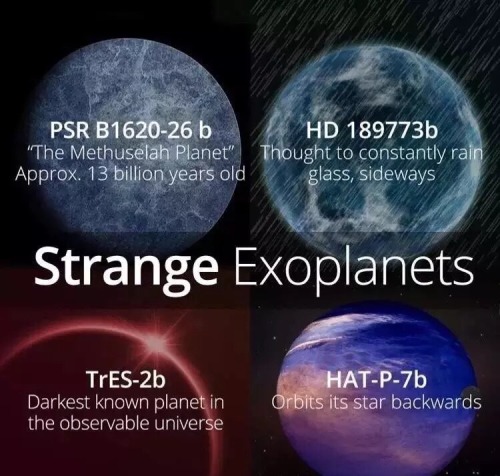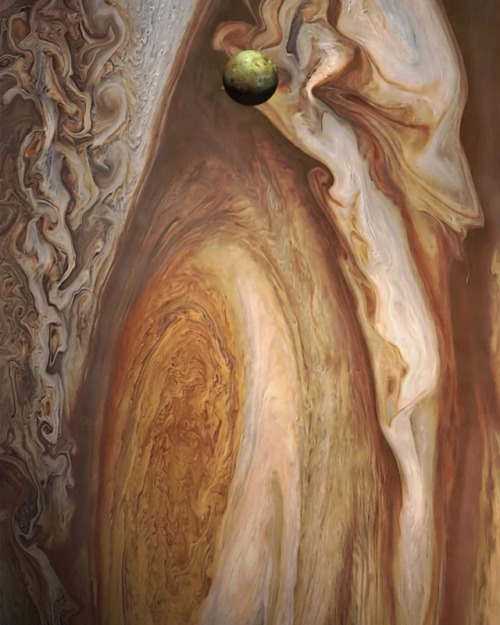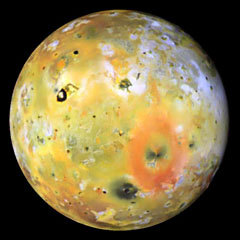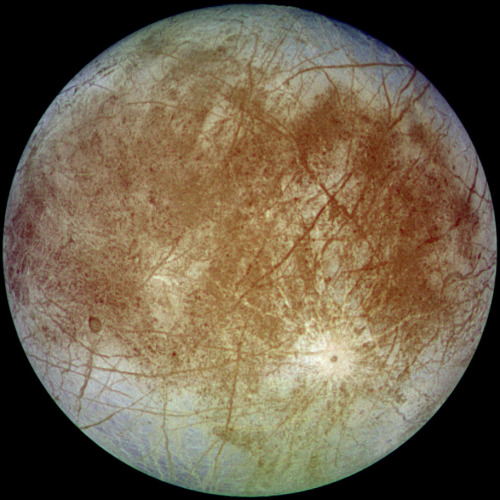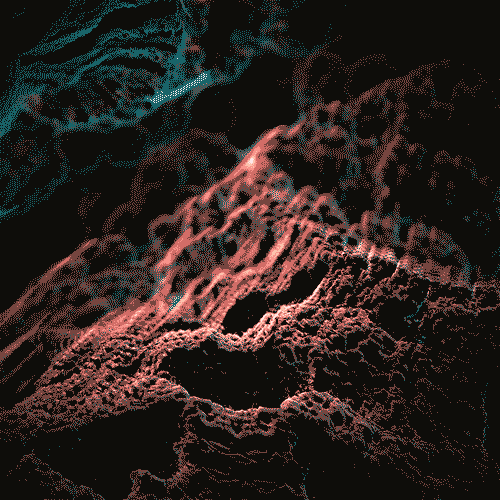Latest Posts by tres-4b-blog - Page 7





COMPUTER SCIENCE
The computer has been very useful to us since the very beggining of its time. It helps make work faster and easier. It is a programable machine which receives and stores data to make an output.

The First Programmable Computer
Originally named the Z1 began development in 1936 by Germany’s Konrad Zuse in his parents living room and today is considered the first electrical binary programmable computer. The Z1 had 64-word memory (each word contained 22 bits) and a clock speed of 1Hz. To program the the Z1 required that the user insert punch tape into a punch tape reader and all output was also generated through punch tape.
The First Portable Computer (laptop)
The first truly portable computer or laptop is considered to be the Osborne I, which was released on April 1981. The Osborne I was developed by Adam Osborne and weighed 24 pounds, had a 5-inch display, 64 KB of memory, two 5 1/4” floppy drives, and a modem.
Productive Things That Aren’t Studying
washing the dishes
making your bed
tidying your book/dvd shelf/shelves
cleaning the cupboard/wardrobe
reading
sleeping
writing a blog
planning your month/week/day
replying to messages or asks
responding to emails
sorting through letters/mail
clearing your email inbox
organising stationery
clean your sinks
clean your toilets
pet your pet
sort through old clothes
give to charity
go on a walk
go on a run
clean down any surfaces
work out
meal prep
get rid of empty shampoo bottles from the shower
clean out old food from the cupboard/fridge
empty out your school bag
call your parent
unfriend/unfollow people you no longer interact with
watch a TEDTalk
empty the bins/trash
clean the mirrors in your house
hug your pet
wash some clothes
buy any birthday cards/presents that you need to
reply to any old texts
make a tumblr post on productive things that aren’t studying

“You do not think I am here for pleasure, do you? I always work. Life is too short for anything else.”
–Nikola Tesla
“Nikola Tesla On Top Of Pike’s Peak.” Denver Rocky Mountain News, May 17, 1899.
2019 April 28
All of Mercury Image Credit: NASA/JHU Applied Physics Lab/Carnegie Inst. Washington
Explanation: Only six years ago, the entire surface of planet Mercury was finally mapped. Detailed observations of the innermost planet’s surprising crust began when the robotic have been ongoing since the robotic MESSENGER spacecraft first passed Mercury in 2008 and continued until its controlled crash landing in 2015. Previously, much of the Mercury’s surface was unknown as it is too far for Earth-bound telescopes to see clearly, while the Mariner 10 flybys in the 1970s observed only about half. The featured video is a compilation of thousands of images of Mercury rendered in exaggerated colors to better contrast different surface features. Visible on the rotating world are rays emanating from a northern impact that stretch across much of the planet, while about half-way through the video the light colored Caloris Basin rotates into view, a northern ancient impact feature that filled with lava. Recent analysis of MESSENGER data indicates that Mercury has a solid inner core.
∞ Source: apod.nasa.gov/apod/ap190428.html
How much is known about Neptune's atmosphere, more precisely about "raining diamonds"?
The atmosphere of Neptune is, in many ways, similar to that of Uranus. However, its dynamics are presented in a complex configuration of strong winds that sweep the planet, besides the formation of cyclonic storms and clouds, with clearly visible visual characteristics.

The upper atmosphere of Neptune is made up of 79% hydrogen, about 18% helium and most of the remaining methane, the presence of which imparts the blue-indigo color of the planet by absorbing the incident red radiation.

The diamond rain on Neptune and Uranus was predicted long ago, because of the pressure inside the planet that could be formed by carbon and hydrogen. But now it was virtually confirmed by an experiment conducted by an international team of scientists, this “diamond rain” was recreated under laboratory conditions for the first time, giving us the first glimpse into what things could be like inside ice giants.

At about 10,000 km below the surface of these planets, hydrocarbon compression is thought to create diamonds. To recreate these conditions, the international team submitted a polystyrene plastic sample to two shock waves using an intense optical laser in the Matter in Extreme Conditions (MEC) instrument, which were then paired with X-ray pulses from Linac Coherent Light Source SLAC (LCLS).

Polystyrene is made from a mixture of hydrogen and carbon, key components of the general chemical composition of the ice giants. In the experiment, the team was able to see that almost all of the carbon atoms in polystyrene were embedded in small diamond structures up to a few nanometers wide.
However, in Uranus and Neptune, scientists predict that diamonds would become much larger, perhaps millions of carats by weight.
2°image: (This false color photograph of Neptune was made from Voyager 2 images taken through three filters: blue, green, and a filter that passes light at a wavelength that is absorbed by methane gas. Thus, regions that appear white or bright red are those that reflect sunlight before it passes through a large quantity of methane). 1°image, 3°image & 4°image.
Here are two links if you want to read about it: Click here and here.
![Phobos, Mars’ Moon, From The Surface Of The Mars. Credit: NASA / JPL / MSSS / Justin Cowart [840x1050]](https://64.media.tumblr.com/b1a18c6d15d0e02df0136a0b1a3ad642/tumblr_pqki9o1hJq1rcl722o1_500.png)
Phobos, Mars’ moon, from the surface of the Mars. Credit: NASA / JPL / MSSS / Justin Cowart [840x1050]
Hi, do you know any resources to start learning coding, preferably for free? Ty!!
Hiya! ✨ Yeah, I’ll see what I can find! However! Online courses often have a build in a code editor. Don’t. Honestly, do not. Get a full software and install it, don’t be restricted to just an online code editor, even on a basic level. First of all decide what language you want to start learning. For complete beginners, I’d recommend Python or C.
💡 codeacademy (this I’ve tried myself and yep, it’s really well written and good for beginners; it doesn’t have many courses tho) 💡 programmr.com 💡 codeavengers💡 code.org💡 Bucky’s wonderful tutorials (these are amazing! I’ve only done the c++ ones, but they were really well explained and included stuff like installing a software as well!)
And now here are some “tools” to use while programming:
🔌 stackoverflow - biggest platform there is; you can ask them anything, but it’s probably been asked before so try looking on it at first🔌 cppreference.com - has all the information about c++ built in libraries, functions, variables and anything you’ll possibly need 🔌 python visualizer - helps you visualize code if you don’t have a compiler on your laptop - they also have other languages🔌 learnpython 🔌 python tutorial🔌 game development with pygame - do something FUN! It’s not that hard, just try it That’s about it! Hope this helps! x

Pioner 10 & 11: Deep space exploration probes (POSTER) by BlueGalaxyDesigns
★☆★ SPACE ★☆★

What a trillion stars look like; a sharp view of the Andromeda galaxy. From twitter @ WorldAndScience

